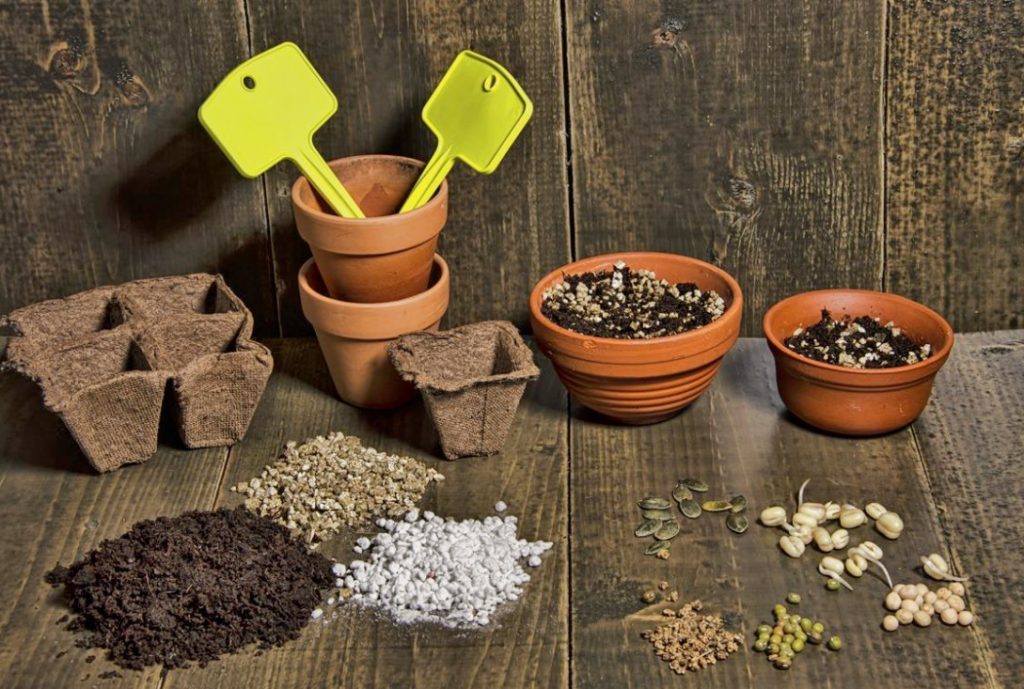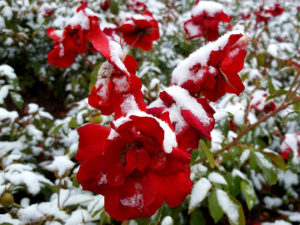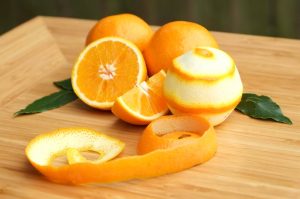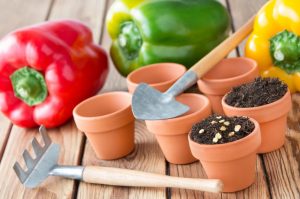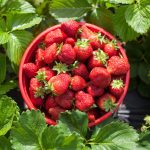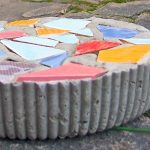Spring is coming, which means that soon there will be the first signs of new life — thin sprouts, tender greens. So it’s time to get to work-sow, cut, root and replant. And all this will require land. But which one?
Let’s start with a curious quote:
“The preparation of the soil for sowing is a great secret and sorcerous rite. It is necessary to add marble dust to the soil (but where to get it?), three years ‘worth of cow dung, a pinch of fresh mole-mole ground into powder, unburned bricks, lab sand, three years’ worth of greenhouse earth, and perhaps a handful of Golden fern humus from the hanged girl’s grave. All this must be thoroughly mixed, and… when you have done all this, while observing a hundred regulations that are fundamentally contradictory to each other,… you can begin to work, that is, to sow.”
These are humorous reflections from Karel Chapek’s wonderful book “The year of the gardener”, written almost a hundred years ago. But … almost nothing has changed since then! Preparing the soil for planting seedlings, rooting cuttings or transplanting flowers is still a difficult task. Understand the ready-made soils and soil mixtures, as well as all sorts of improvers, leavening agents, substitutes not too experienced gardener Oh, how difficult! What should I do?
How to prepare (choose, buy) the perfect soil mix?
First of all, you need to understand what plants need at the stage of germination from seeds, rooting cuttings, in the juvenile period (from the moment of germination to planting in the ground), and in the adult — flowering and fruiting state.

Moisture, air, heat-that’s what you need to Wake up the seeds. They do not need additional nutrients at this moment, everything is already embedded in them to start the process of forming the root and the first leaves. This is why at this stage the plant requires very little loose (necessarily breathable) soil or substrate, it is enough to just wet soft paper, devoid of any nutrients.
Poor, but loose soil, moist, but without stagnation of water, with neutral acidity is needed when rooting cuttings and growing seedlings. It is in such Spartan conditions that plants begin to actively develop their root system. Therefore, cuttings in clean sand, peat, perlite, wood sawdust take root better than in fertile land, and pickled seedlings quickly take root in light soil mixtures.
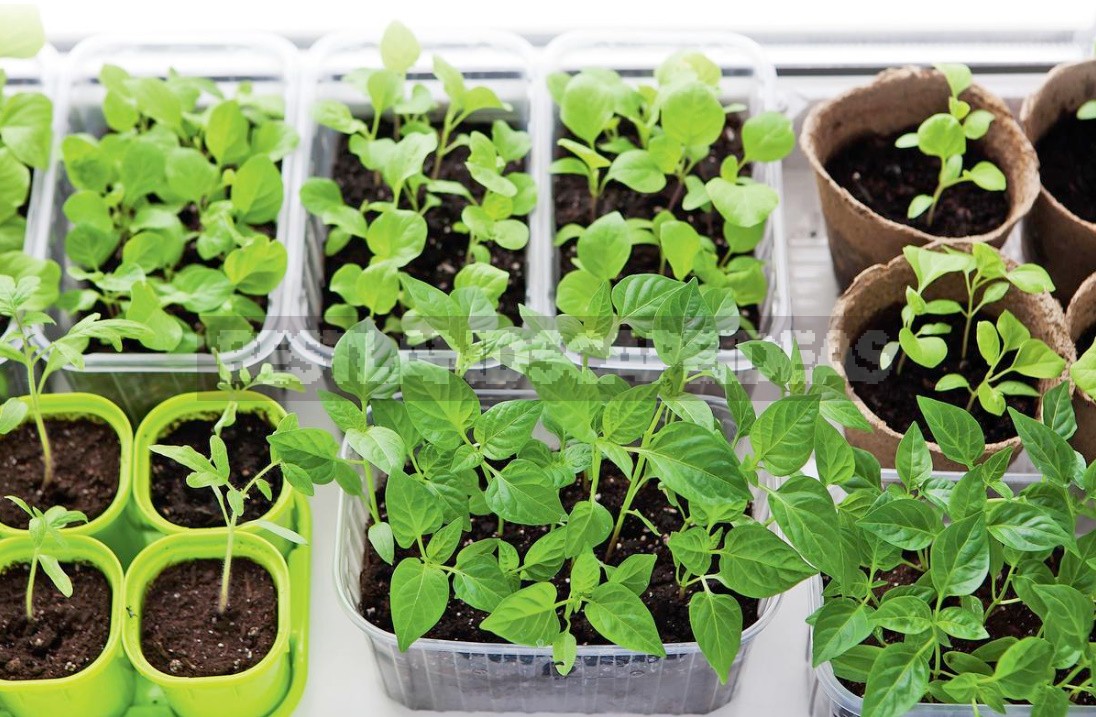
Important! Overfeed with nitrogen and other elements at this time, the plants can not be, it will have a bad effect on their growth, rooting in the soil and fruiting.
Fertile, nutrient-rich soil is required for adult plants that are actively vegetating, flowering and fruiting-indoor flowers and container vegetables.
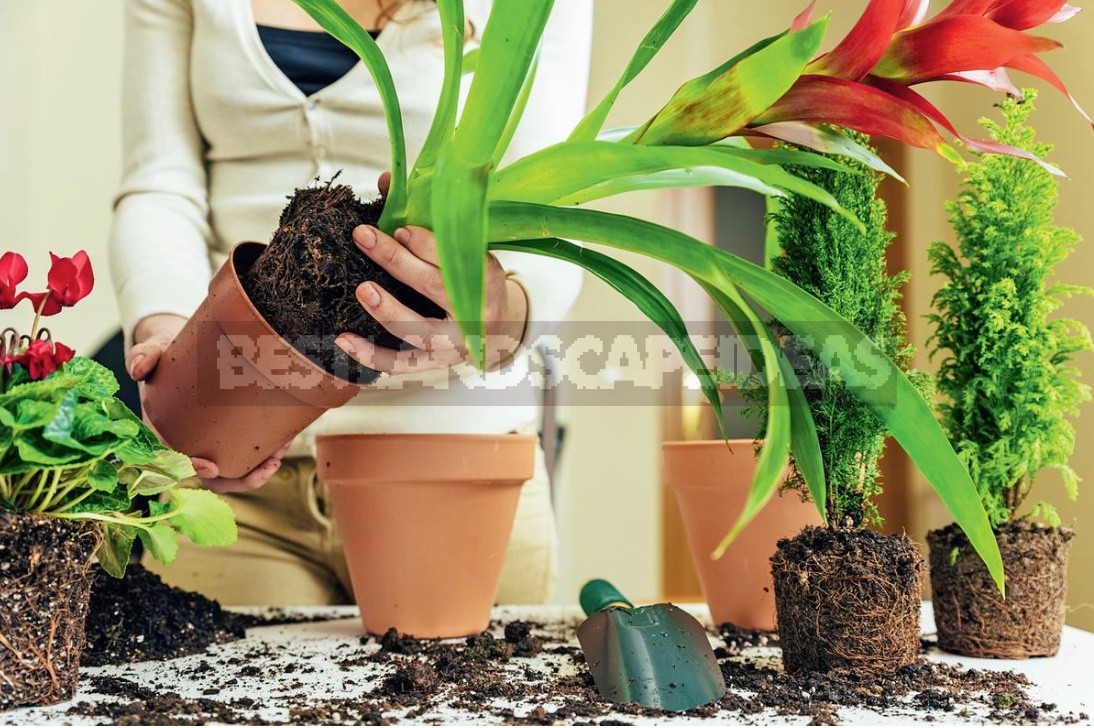
Important! Here you need an individual approach, because the soil for indoor violets is very different from the soil mixture for balcony cucumbers or tomatoes. For indoor plants, it is better not to use the land from the garden — it is inhabited by “local” pests, which the immunity of domestic sissies can not cope with.
A few words about the composition of the soil
No matter how diverse the names of ready-made soil mixtures are, their main composition is almost the same. This is lowland and horse peat, dolomite flour (lime additives) and mineral fertilizers.
Lowland peat is an excellent environment for rooting plants, but it quickly dries up, so it is added to the top peat that retains moisture, and to neutralize the acidity of the latter — lime additives.
Sometimes, as a leavening agent, agroperlite or other improvers and leavening agents are added to ready-made soils, and humus, biohumus, and trace elements are added to enrich the composition with nutrients. Therefore, when buying ready-made soil mixes for specific purposes, pay attention not only to the name and manufacturer, but also to the composition, acidity, and availability of mineral or organic fertilizers.
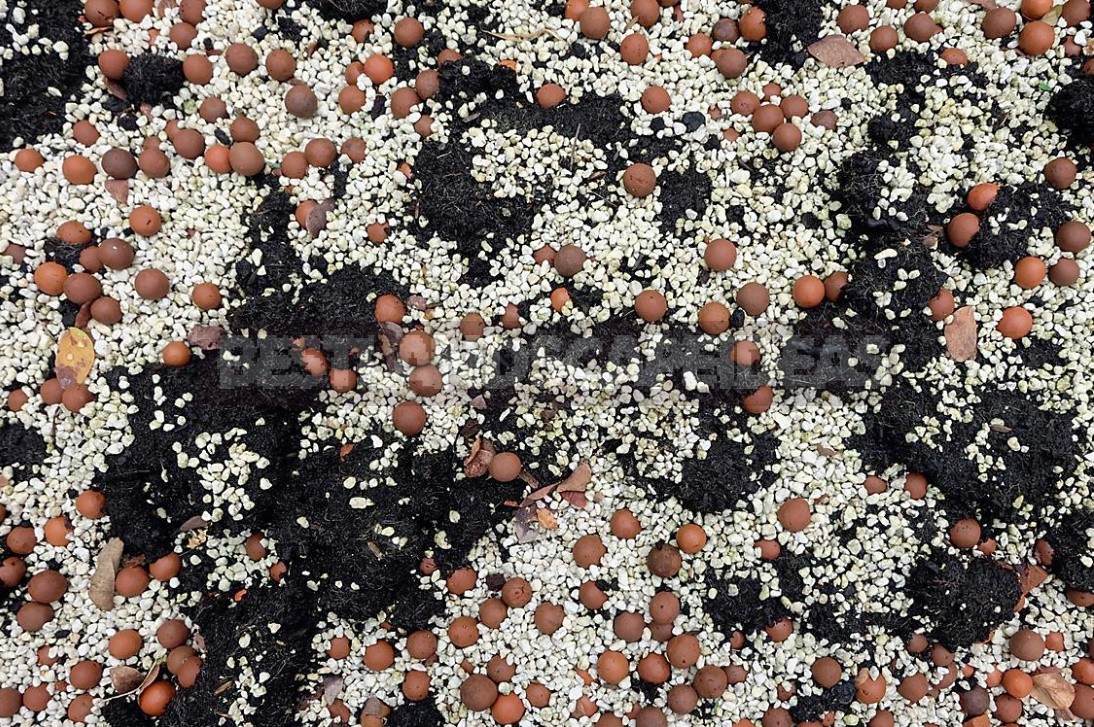
Important: many substrates are sold separately, in pure form (peat, perlite, biohumus), so sometimes it is better and much cheaper to buy one or more components and “conjure” to create land yourself at home, taking as a basis the soil from your garden or lowland peat.
Do I need a sterile soil?
Often in the horticultural literature, you can find recommendations for soil disinfection for seedlings. There are many ways to do this:
- calcination or steaming of the earth in an oven or in a
- bucket on a fire,
- freezing on the street,
etching with chemical or biological products.
This is done to destroy pests living in the ground, their eggs and larvae, as well as spores of fungi, bacteria and other pathogens.
But in recent years, the need for these methods has been questioned — for many reasons. For example, a short warm — up is not able to destroy all pests and pathogens, and a long and strong along with harmful microflora will destroy useful-the earth will turn from living to dead. You will need to revive it by adding biohumus, Phytosporin and all sorts of “home-grown” means: an infusion of banana peel, yeast, sauerkraut juice…
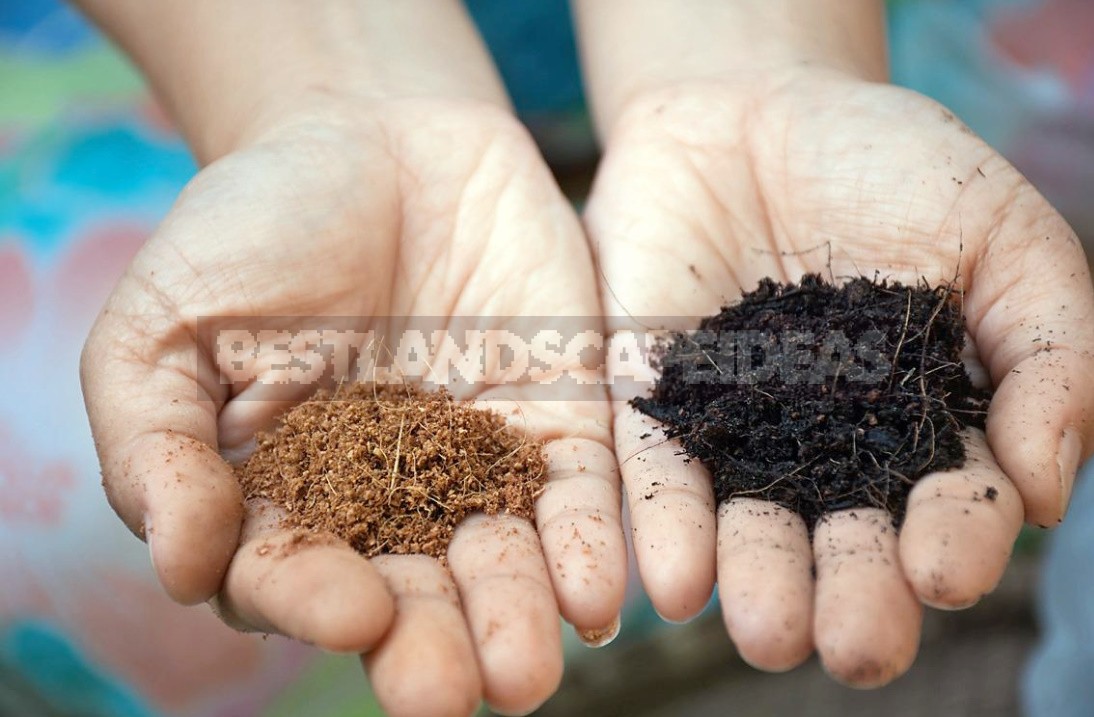
Freezing also gives a dubious result — many insect larvae and eggs have adapted to wintering in cold climates, and fungal spores and protozoa survive even in permafrost. Chemical elements when etching the soil remain in it and then can affect plants at the molecular level, inhibiting their growth.
Only biological products (Phytosporin) and some natural substrates (charcoal, sphagnum) do not leave a “scorched earth”, but they allow you to cope with pathogenic organisms and promote the development of useful ones.
It is also important to understand that we do not grow seedlings in sealed packages, and all sorts of bacteria, viruses and fungal spores literally swarm in the air or lurk in containers from under dairy products used as containers, and nothing prevents them from getting back to clean decontaminated land and there to develop. It is necessary not so much to “lime” all potentially dangerous pests and pathogens in the ground, as not to allow them to develop, and for this purpose just follow the simplest rules: do not thicken the planting, do not flood the plants, provide them with the necessary amount of heat and light.
The main argument against soil disinfection is that a plant grown in a sterile environment does not produce immunity, which means that it is weakened and poorly adapted to life in the natural environment.
